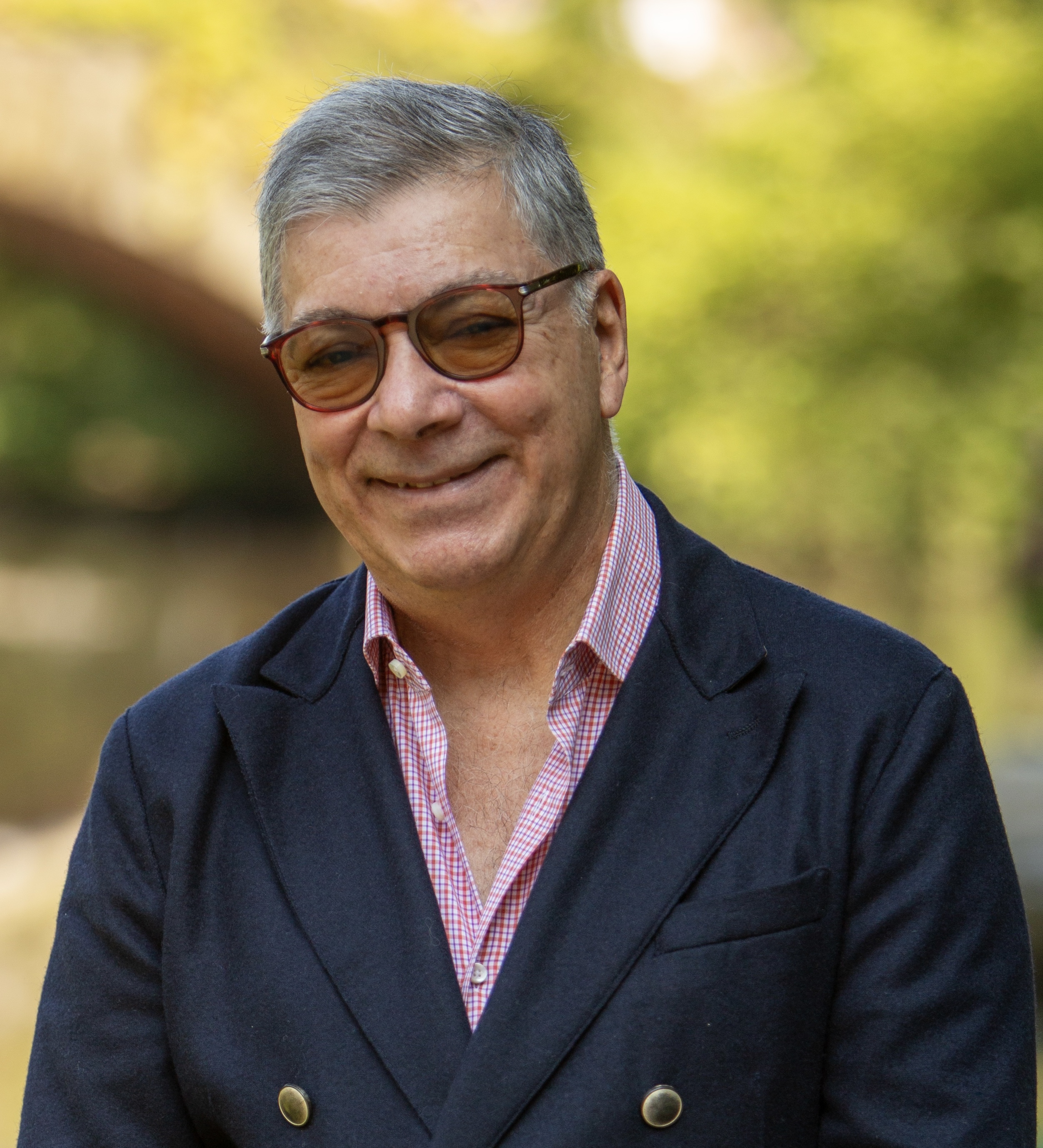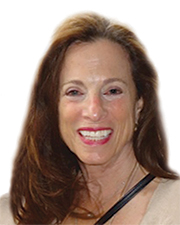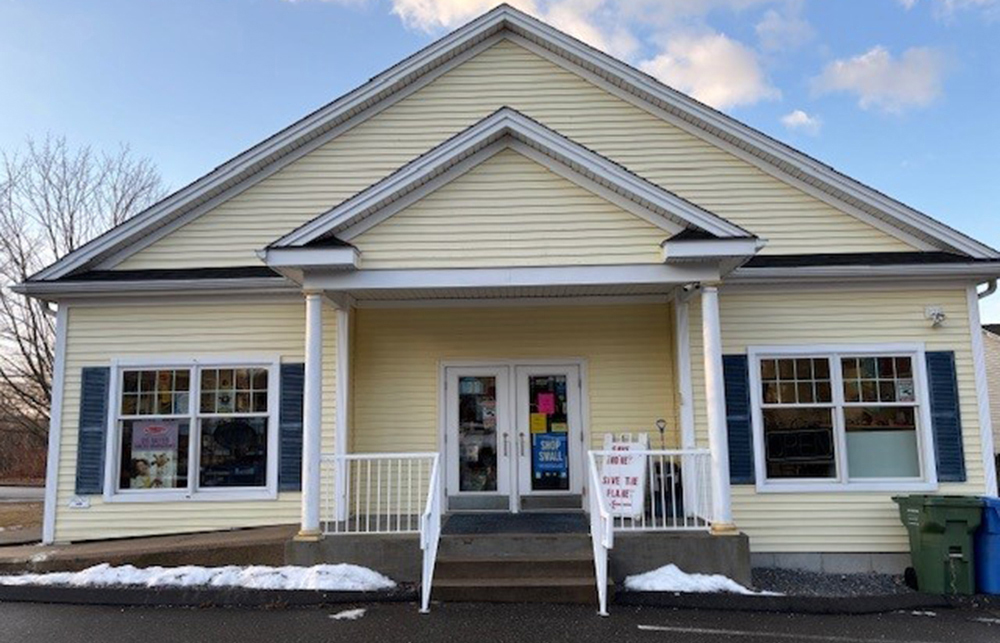Muse Paintbar opens two new locations
Somerville, MA Muse Paintbar opened two new Massachusetts locations: 461 Artisan Way at Assembly Row in Somerville, and 1130 Market St. at MarketStreet Lynnfield in Lynnfield. With these new locations, each spanning 2,500 s/f, the locally-grown brand has a portfolio of four different Massachusetts locations and a total of 14 locations on the east coast, spanning from Maine to New York.
Muse Paintbar’s popularity can be attributed to its experience: the ability for beginner and advanced painters alike to tap into their creativity in a relaxed social setting. Guests create a painting with detailed guidance and encouragement from a local artist; as they paint, they can enjoy beer and wine as well as small bites. Muse is managed by president and co-founder, Stan Finch, a graduate of Harvard Business School and Vanessa Leigh, co-founder and lead artist.
“We are experiencing an exciting growth year. Opening at Assembly Row and MarketStreet Lynnfield signifies a smart and thoughtful expansion to areas just north of Boston that will appreciate Muse’s unique combination of entertainment and art,” said Finch.
RapDev leases 17,587 s/f at 501 Boylston St. - lease brokered by JLL


Newbury Street: Boston’s timeless retail gem thrives in a modern era - by Joseph Aquino
Boston’s iconic Newbury St. continues to thrive as one of the most vibrant and compelling retail corridors in the United States. Nestled in the heart of the Back Bay, this historic St. has evolved into a powerhouse of high-St. retail, where luxury meets lifestyle and legacy brands coexist with up-and-coming names. With its European charm, diverse architecture, and unmatched foot traffic, Newbury St. remains a dynamic reflection of Boston’s energy, culture, and economic strength.

Retail / tariffs / uncertainty and (still) opportunity - Carol Todreas
As new tariffs continue to impact the global economy, retail businesses and investors are grappling with heightened uncertainty. From new high tariffs to supply chain issues to evolving consumer behaviors, continual changes are making it as or more challenging than the pandemic years. Yet, amidst this turbulence,

End of the year retail thoughts - by Carol Todreas

Placemaking and retail in 2024 - by Carol Todreas
Placemaking. That is the word for 2024. While the concept has historical precedence in urban development, it became part of our current culture in the 1960’s when urbanists started to think about cities for people, not just cars.









.png)
